Being the best version of you is our only target in this life time. What differs in between us is our definition for the highest good. When we speak about the future of maintenance, the first impression we have have is a better version than todays maintenance. Same applies for us. Our future version or simply our tomorrows version is a better version than our today’s version. The important is to define which direction will take you there. If you work on elevating your technical skills , that’s great. But if you do it for a personal gain only, then you are moving backward not forward.
The Highest Good
Based on Aristotle as described by Britannica: “According to Aristotle, every living or human-made thing, including its parts, has a unique or characteristic function or activity that distinguishes it from all other things. The highest good of a thing consists of the good performance of its characteristic function, and the virtue or excellence of a thing consists of whatever traits or qualities enable it to perform that function well. (Thus, the virtue or excellence of a knife is whatever enables the good performance of cutting, that of an eye whatever enables the good performance of seeing, and so on.)”

CUSTOMPRICE-TO2JAN26
Consequently, the human virtue or excellence is that combination of traits or qualities that enables humans to perform that function well. Aristotle believes that the characteristic function of human beings, that which distinguishes them from all other things, is their ability to reason. But in reality humans or we have much more characteristic functions that we can excel in and share. Sometimes we may need help to figure out those characteristic functions within us. That’s where coaching is extremely needed. As Aristotle said, the highest good is not only for human beings, it is the ongoing target of any part of a system or the system of parts as a whole. Being in the highest good is simply doing what you\system is doing in the best possible way.
That’s why at SimpleWays we are very proud of the coaching session we provide that guides practioners and their workplaces to their highest good.
Why it is important to reach your highest good?
Many theologies makes happiness as the synonym of the highest good. But the dilemma is which one comes first? In other words, when you reach happiness, do this mean that you had reached your good? Or, you will feel happiness when you reach your highest good. Before rationalizing the highest good for maintenance, let’s see how thinkers and philosophers see it. We had seen Aristotle explanation few lines before.
Immanuel Kant (1724–1804) is a central figure in modern philosophy and focused on rationalizing morality. From his point of view, reaching your highest good is reaching your utmost happiness. But he distributed happiness in exact proportion to morality (as the worth of a person and his worthiness to be happy)”. He also says that moralities are acts of rationality and immoralities are symbols of irrationality.

CUSTOMPRICE-TO2JAN26
On the other hand, some of the theologies had linked the highest good to the god or the creator. So when we experience a job promotion at work, witness the physical healing in the life, or receive new possessions, we appropriately praise God for his goodness. That’s because the highest good is only in the Divine realm. And, any good we get is just a gift from the highest good. This idea also fits good in many current theologies.
Some thinkers tried to avoid abstract rationality, morality and theologies in their model. So Maslow’s places self fulfillment on the top of his model of the evolution of human needs. When you reach self fulfillment you feel the contentment. Contentment is the pinnacle of happiness and joy.
Maintenance’s Highest Good
So if the highest good is reached by achieving excellence within what is in hand, what does this mean for maintenance. Maintenance is mainly the process of ensuring that assets perform what operators want the asset to do in its current context. So when the operators reach 100% confidence that within the coming cycle of operation which extends for t-time the assets will perform as required without failures then maintenance had reached its highest good. In other words, the assets is 100% reliable. And this can’t be achieved without efficient maintenance. Can’t you see also that reaching 100% confidence in the asset performance brings happiness to the workplace.

CUSTOMPRICE-TO2JAN26
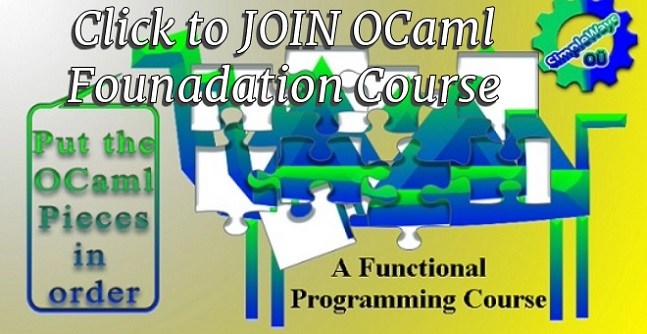
CUSTOMPRICE-TO2JAN26
This shows a strong relation between the highest good and the happiness it brings. We can bring more happiness in the workplace by following some simple tactics. You can find a lot of recommendations in this chat series starting from: The fantasy of a cheerful workplace
According to Aristotle, every living or human-made thing, including its parts, has a unique or characteristic function or activity that distinguishes it from all other things. The highest good of a thing or a part consists of the good performance of its characteristic function. This indicates that every part of the maintenance process should perform its characteristic function in the best possible way. The maintenance process starts by a trigger that there is a task to do. Then if not a sudden failure, It will go to the planning and scheduling. This will be followed by the execution. And Finally, Feedback is recorded and reviewed, KPIs are updated and the process is ready for a new trigger.
How to excel in each part of the maintenance cycle?
The first node in the maintenance cycle is the trigger. The trigger tells the maintenance team that there is a maintenance task that needs an urgent action or a plan. As we said along our talks, the evolution of any process starts from observing it. If we give a close look to what triggers the maintenance task, we can see that it is triggered by maintenance tactics.
Firstly, the PM – Preventive maintenance – in its simplest calendar-bases approach. In PM, after a certain calendar days a trigger will flag this task for planning. Then we moved to the condition based tactics. Where we measure the equipment condition and at a certain threshold the measured value will trigger a need for planning a maintenance task. Now-a-days, in the IIoT era – Industrial Internet of things- we prefer the PdM. The PdM or predictive maintenance triggers are generated from data analysis coupled with machine learning algorithms. This AI – Artificial Intelligent- algorithm searches strange links between data and recommends a maintenance tasks based on this.

CUSTOMPRICE-TO2JAN26
Once a maintenance tactic triggered the maintenance task accurately and with enough time to plan, the cycle starts. The accurate triggering of the maintenance task that gives enough time for planning and execution is the triggering stage highest good. Then the trigger calls for comprehensive planning, cooperative scheduling and skillful execution then finally disciplined feedback recording. The vocabulary we used to describe these activities clarifies their Best Version. They need to be comprehensive, cooperative, skillful and disciplined. But that’s a complete new talk about our Best Versions.
In Conclusion,
Reaching the highest good in our life is closely linked to reaching the highest good in its parts. That’s valid for life and work and consequently for maintenance. To reach the highest good of the maintenance process we made a detailed explanation about the mental constructions that defines our understanding for the highest good. Then we detailed some examples from maintenance process highest good.
If you feel you need help with any of these ideas we discussed, request a Management Consultancy or Coaching Services From our Store

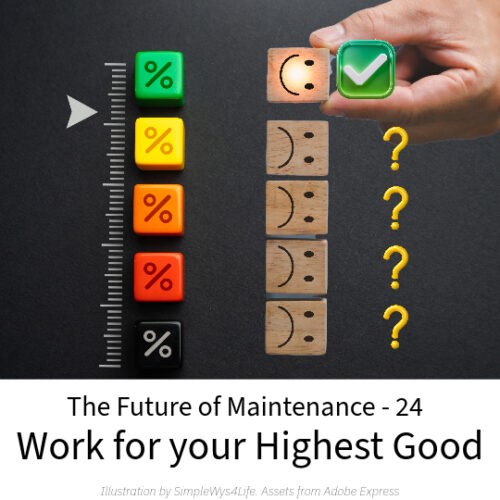
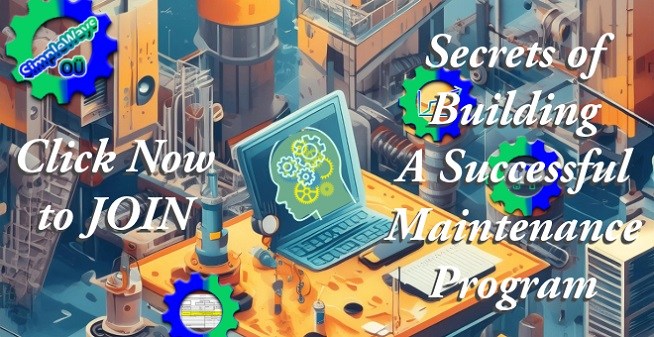


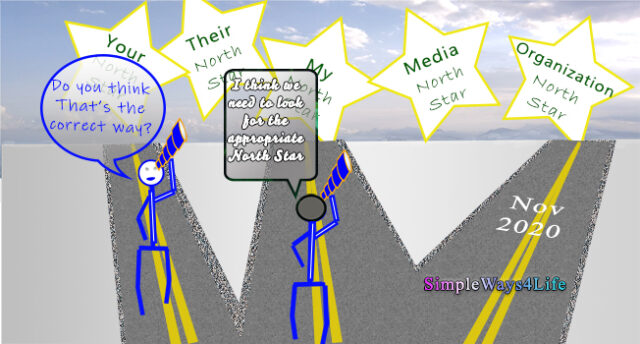
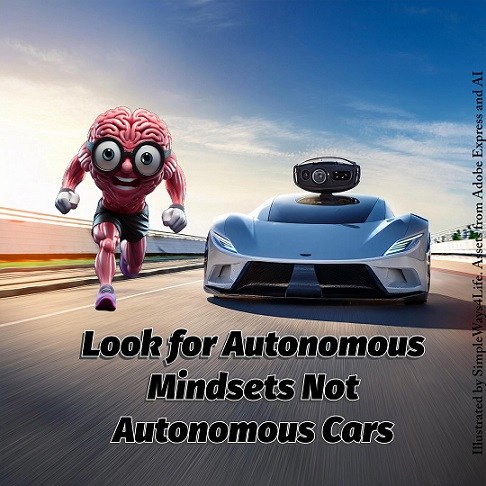
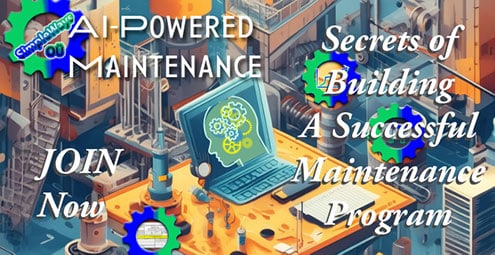
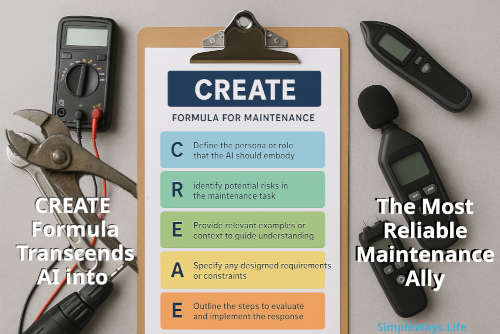
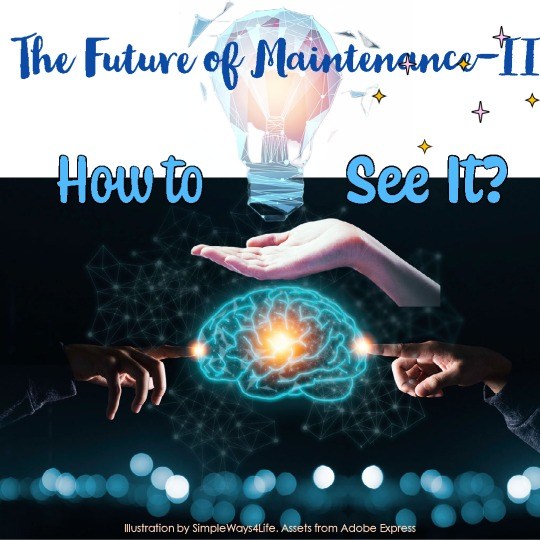
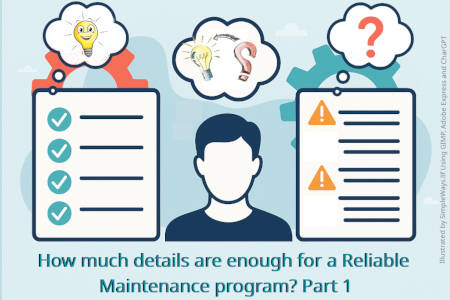
One Comment